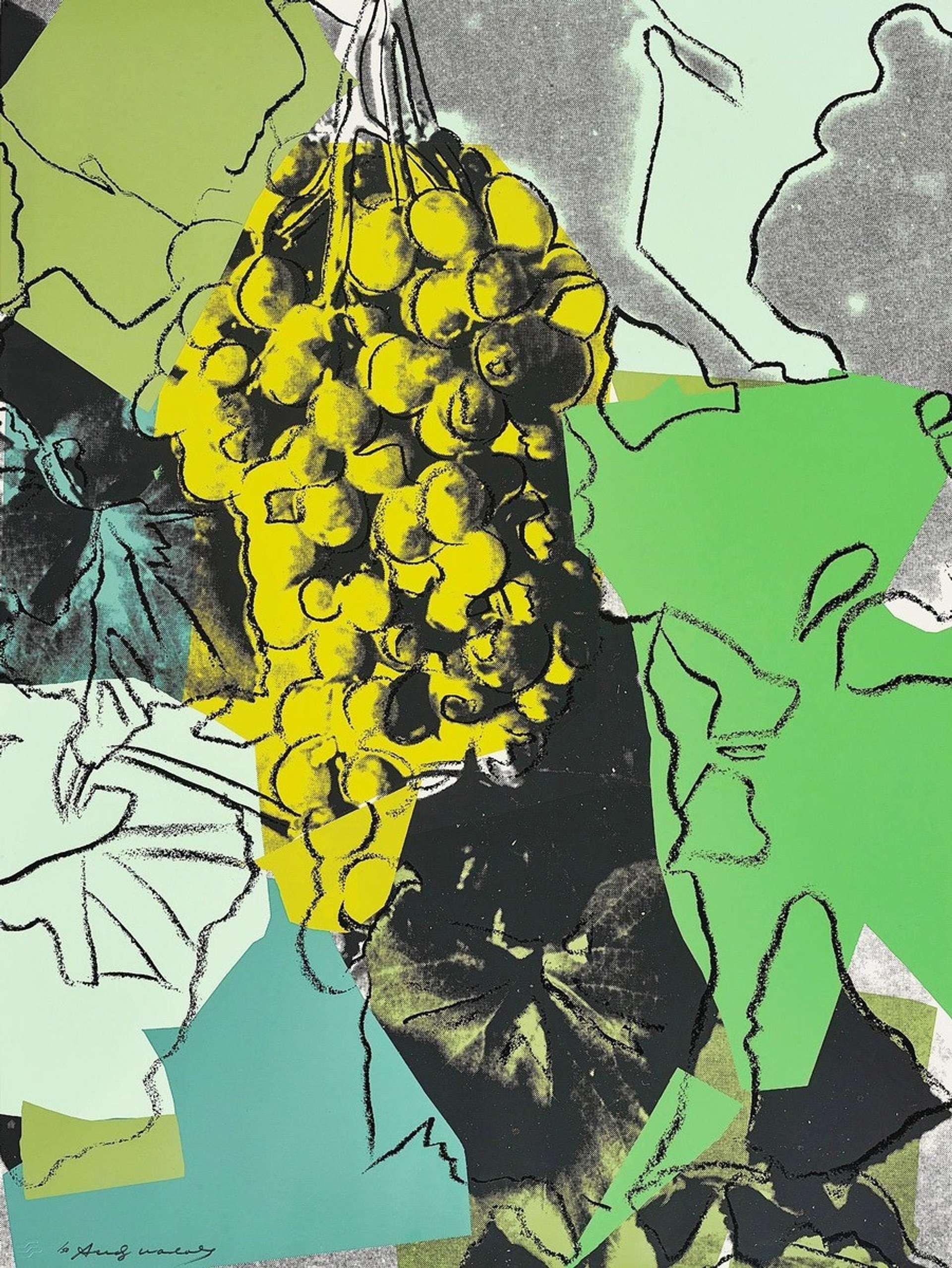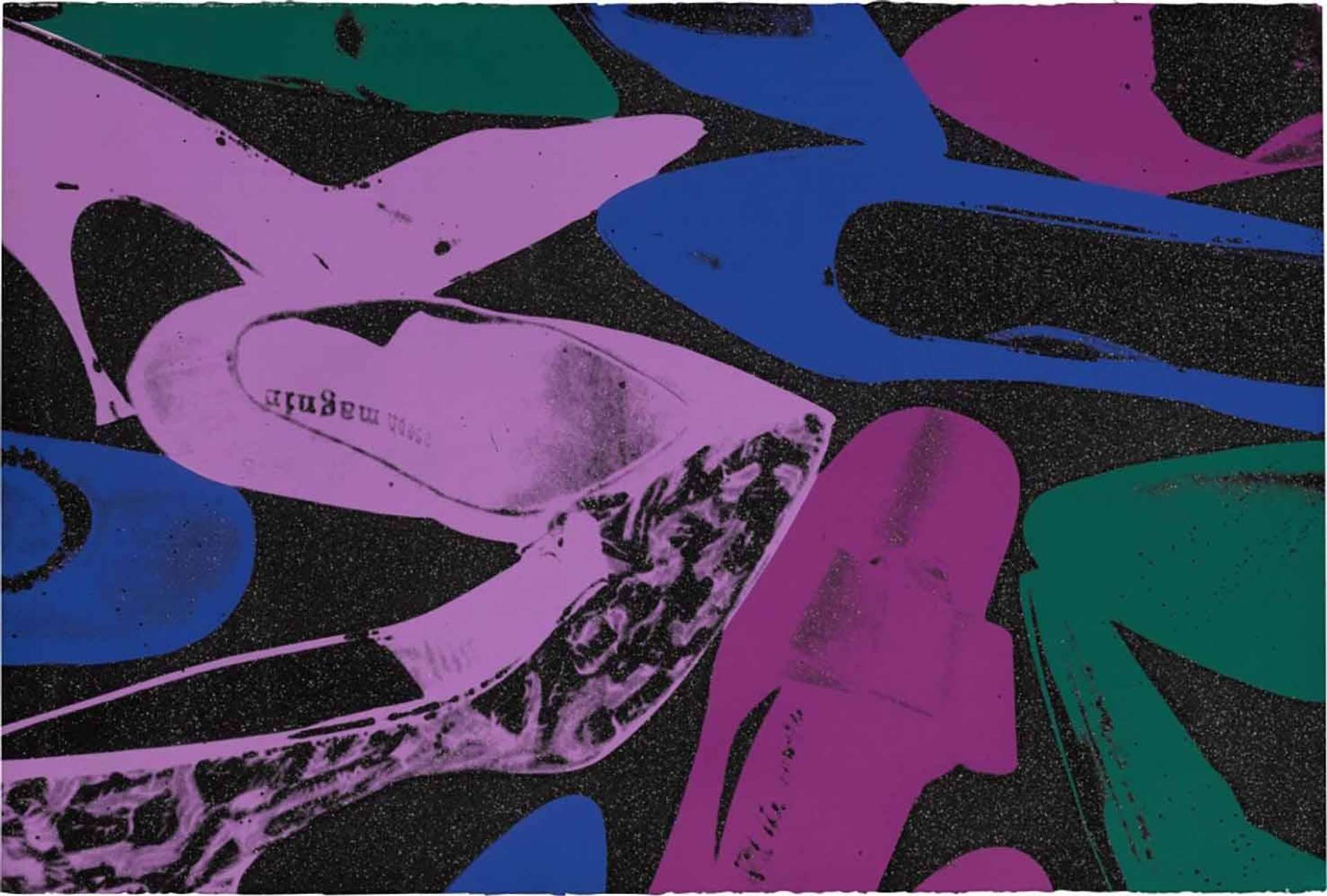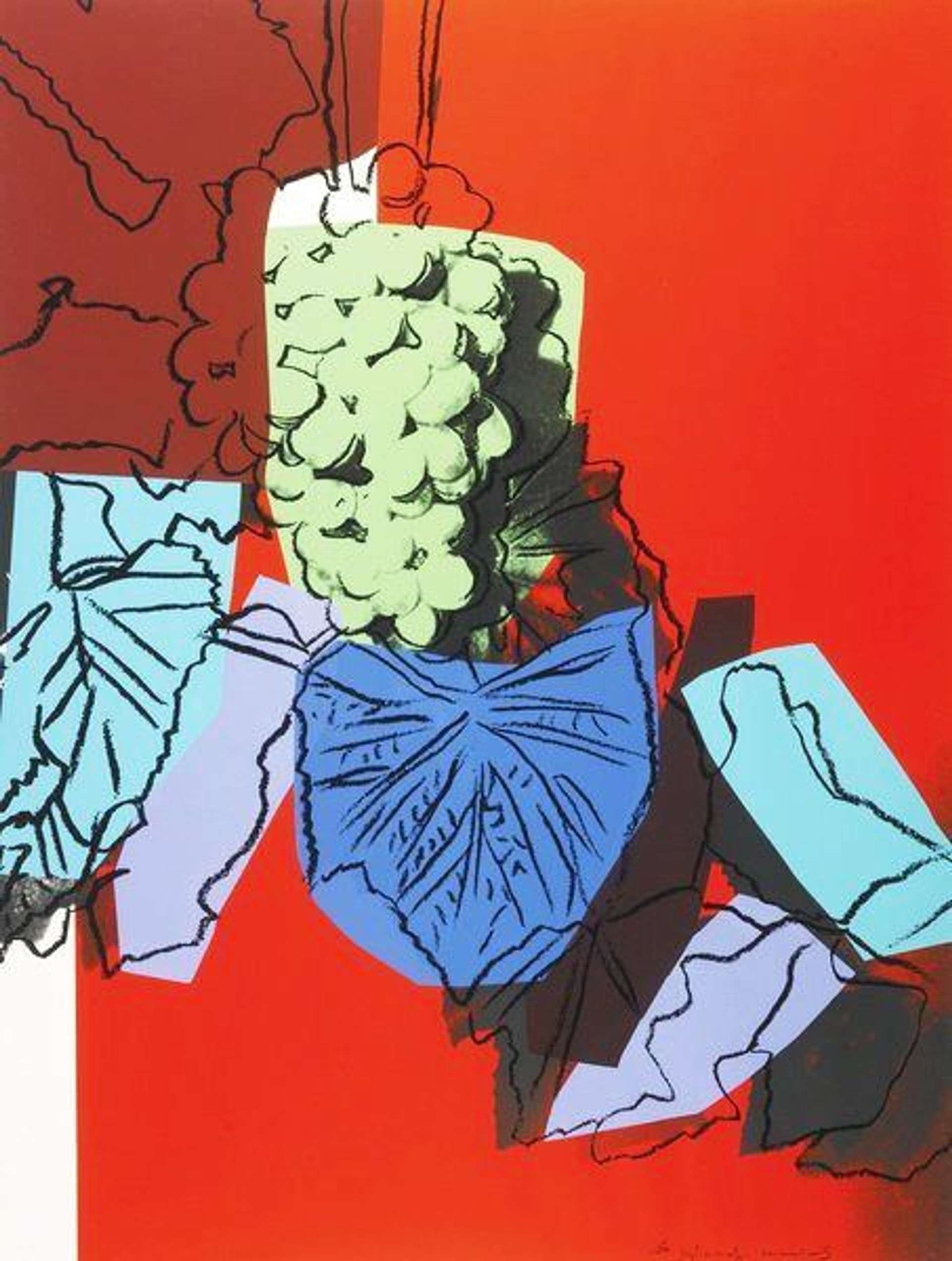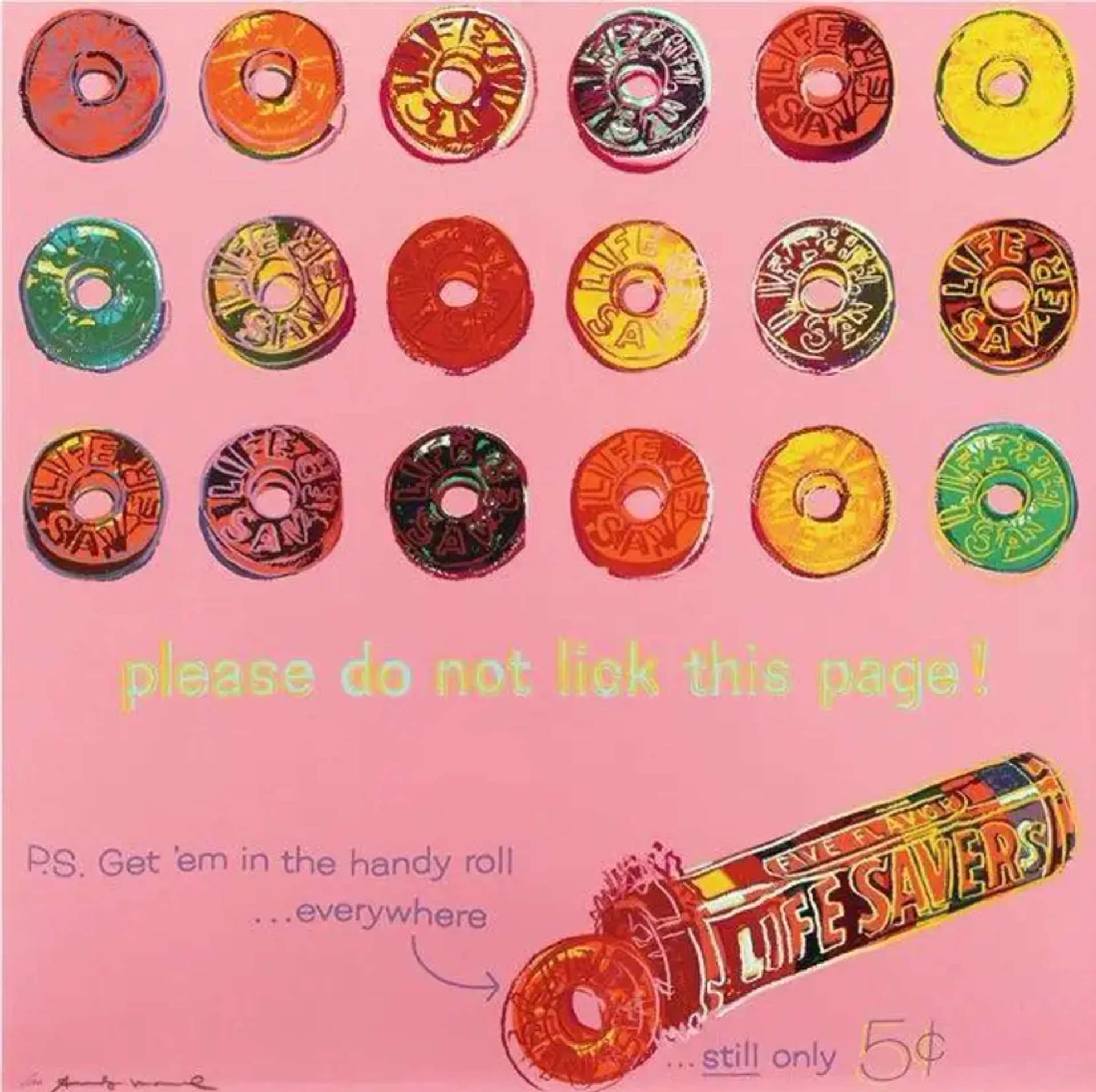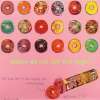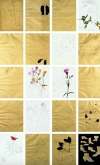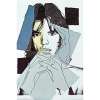Grapes
Andy Warhol’s Grapes (1979) series depicts, in each of six screen prints, different grape varieties. In his blocky application of bright colours and contrasting deep blues and purples, Warhol steers away from traditionally representational still-life, instead abstracting his subject into a heady collision of colours and loose linework.
Andy Warhol Grapes for sale
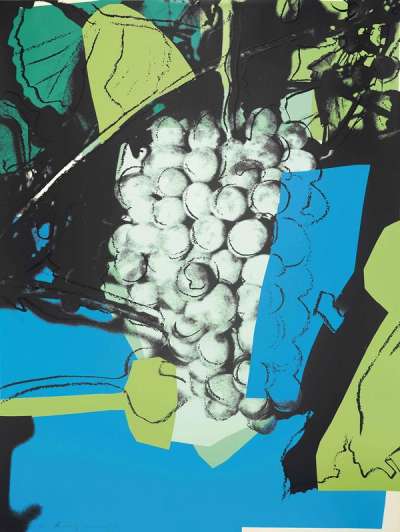
£21,000-£30,000
$40,000-$60,000 Value Indicator
$35,000-$50,000 Value Indicator
¥190,000-¥270,000 Value Indicator
€25,000-€35,000 Value Indicator
$210,000-$300,000 Value Indicator
¥4,010,000-¥5,730,000 Value Indicator
$26,000-$40,000 Value Indicator
TradingFloor
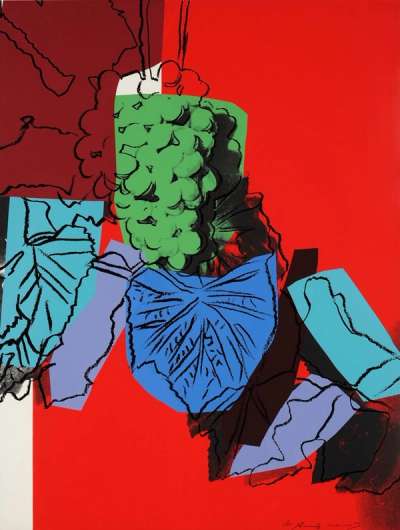
£19,000-£28,000
$35,000-$50,000 Value Indicator
$30,000-$50,000 Value Indicator
¥170,000-¥260,000 Value Indicator
€22,000-€35,000 Value Indicator
$190,000-$280,000 Value Indicator
¥3,630,000-¥5,350,000 Value Indicator
$24,000-$35,000 Value Indicator
TradingFloor
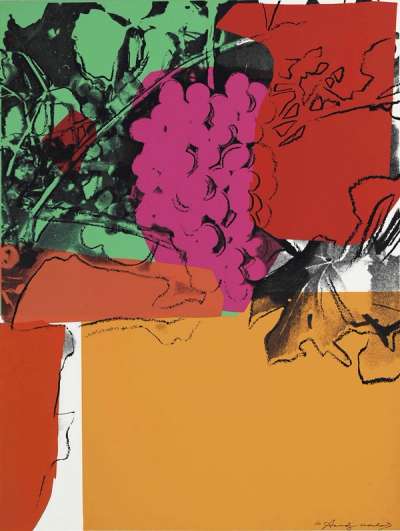
£20,000-£30,000
$40,000-$60,000 Value Indicator
$35,000-$50,000 Value Indicator
¥180,000-¥270,000 Value Indicator
€23,000-€35,000 Value Indicator
$200,000-$300,000 Value Indicator
¥3,820,000-¥5,730,000 Value Indicator
$25,000-$40,000 Value Indicator
TradingFloor

£21,000-£30,000
$40,000-$60,000 Value Indicator
$35,000-$50,000 Value Indicator
¥190,000-¥270,000 Value Indicator
€25,000-€35,000 Value Indicator
$210,000-$300,000 Value Indicator
¥4,010,000-¥5,740,000 Value Indicator
$27,000-$40,000 Value Indicator
TradingFloor
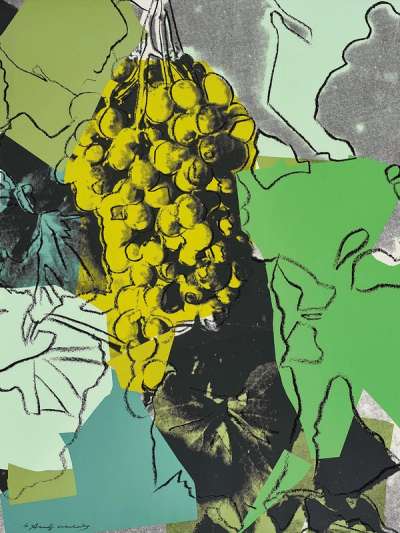
£24,000-£35,000
$45,000-$70,000 Value Indicator
$40,000-$60,000 Value Indicator
¥220,000-¥320,000 Value Indicator
€28,000-€40,000 Value Indicator
$240,000-$350,000 Value Indicator
¥4,580,000-¥6,690,000 Value Indicator
$30,000-$45,000 Value Indicator
TradingFloor
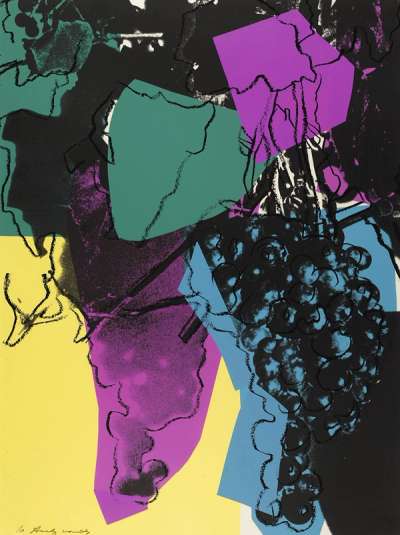
£24,000-£35,000
$45,000-$70,000 Value Indicator
$40,000-$60,000 Value Indicator
¥220,000-¥320,000 Value Indicator
€28,000-€40,000 Value Indicator
$240,000-$350,000 Value Indicator
¥4,580,000-¥6,690,000 Value Indicator
$30,000-$45,000 Value Indicator
TradingFloor
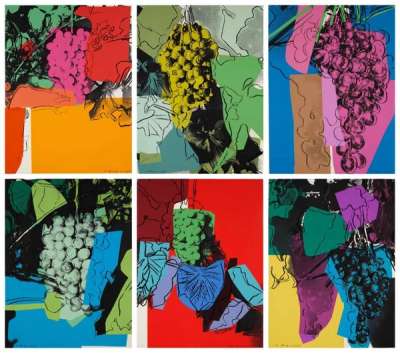
£210,000-£320,000
$410,000-$620,000 Value Indicator
$360,000-$550,000 Value Indicator
¥1,910,000-¥2,920,000 Value Indicator
€250,000-€370,000 Value Indicator
$2,070,000-$3,160,000 Value Indicator
¥40,110,000-¥61,130,000 Value Indicator
$260,000-$400,000 Value Indicator
TradingFloor
Sell Your Art
with Us
with Us
Join Our Network of Collectors. Buy, Sell and Track Demand
Meaning & Analysis
Warhol created Grapes in 1979: a series of repeated still life studies of bunches of grapes, branches and leaves in his signature style Each of the prints represents a different grape variety. Traditionally a still life genre strives for realism but Warhol instead treats the surface area with planes of realism, suggestion through outline and abstraction all in one. The work draws upon collage techniques through blocks of bright colours, contrasted with dark blues and purples. Some years earlier, in 1975, Warhol was commissioned as the artist of the iconic 1975 Mouton-Rothschild label, which incidentally uses similar colour schemes which he then drew upon with his portfolio Grapes D.D.
There are two portfolios that Andy Warhol produced for Grapes, each consisting of six screen prints on Strathmore Bristol paper which is made from cotton, and is signed and numbered in felt-tip pen. One from a print run of 50 (plus artist proofs, printer’s proofs and one hors commerce (meaning ‘not to sell’), and the second which is declared a special edition portfolio comprising of six screen prints, each from a small print run of 10 limited edition multiples, with one printer’s proof.
Grapes is a historically significant portfolio in Warhol’s print making career because it was the first time the artist experimented with a fine diamond dust on the appendix page. John Reinhold, a close friend of Warhol’s who used diamond dust in his own work said, “I gave him the first jar of diamond dust. Real diamond dust doesn’t sparkle but he played with it. I think what he in fact used is crushed glass. It didn’t work with real diamonds but that’s when he started to think about the idea.” This method was a technique in which Warhol would often tweak and develop the diamond texture, transitioning from using fine diamond and or glass particles, to a coarser crushed consistency. From this point onwards, Warhol developed the process of layering the substance on top of screen prints in many print runs.
